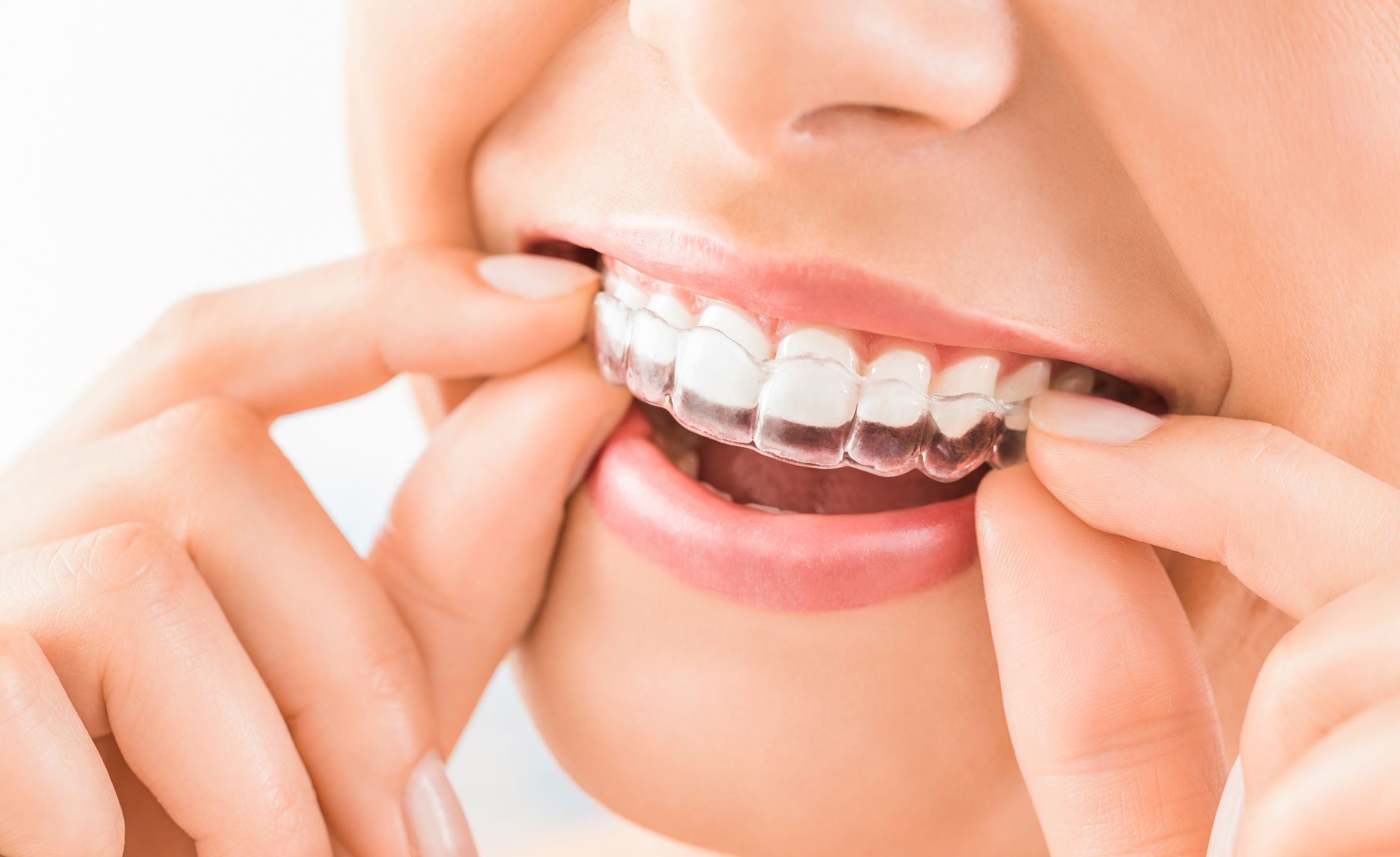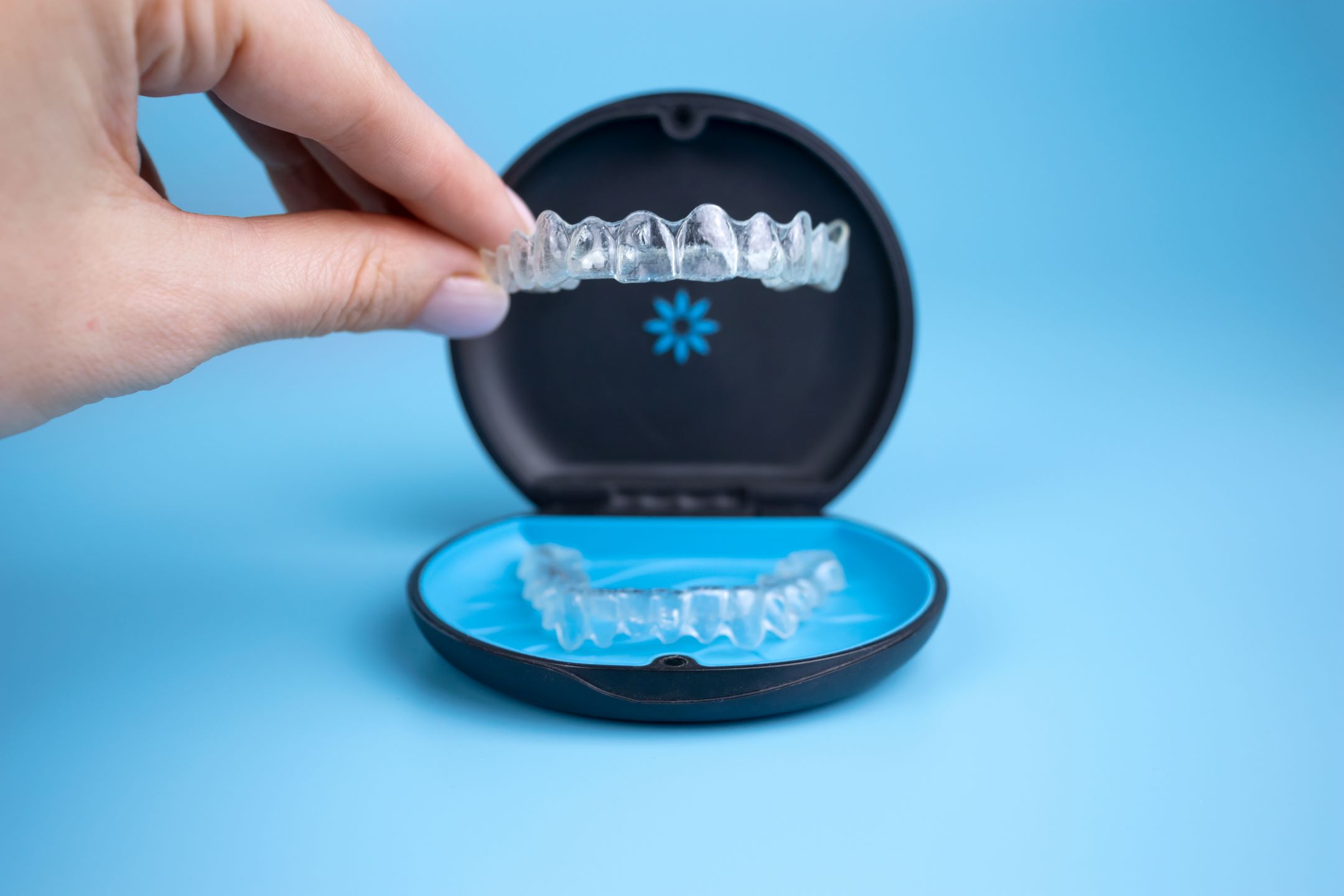
Invisalign, a popular orthodontic treatment known for its discretion and effectiveness, uses clear, plastic aligners to straighten teeth without the visibility of traditional metal braces. Those considering this treatment often first inquire about the cost, which can vary widely depending on several factors. But what is the average cost of Invisalign?
Read on to learn the factors that influence the pricing of Invisalign.
Factors Influencing The Cost of Invisalign
Numerous factors can influence the cost of Invisalign, from the complexity of the alignment required to the geographic location of the dental practice. By understanding these factors, potential patients can anticipate expenses and plan accordingly.
Below are some factors influencing Invisalign costs:
Complexity Of Dental Issues
The extent of the dental correction needed is one of the primary factors determining the cost of Invisalign treatment. Simple cases, such as minor crowding or small gaps, typically require less time and fewer aligners, which can reduce the overall cost.
Conversely, more complex issues like severe overbite, underbite, or significant misalignment may require a longer treatment duration with more aligners, driving up the price.
Dental Expertise And Reputation
The expertise and reputation of the treating dentist or orthodontist can influence the cost of Invisalign. Practitioners with extensive experience and high patient satisfaction rates often have higher fees. This premium reflects their proven ability to deliver desirable results, making them more in demand.
Also, patients typically seek out these top-rated professionals for assurance of receiving the best possible outcome from their Invisalign treatment, which contributes to the variance in pricing across providers.
Therefore, for those looking for the best Invisalign provider in Melbourne or similar locations, checking out reliable websites would be an excellent starting point.
Duration Of Treatment
The duration of Invisalign treatment primarily depends on the individual’s dental alignment needs. Treatments typically range from 12 to 18 months but can extend longer for complex cases. The longer the treatment, the more aligners are required, contributing to an increase in overall costs.
Additionally, extended treatment durations involve more frequent visits to the orthodontist for progress monitoring and aligner adjustments. These factors combined mean that a longer treatment period can significantly drive up the total expense of achieving the desired dental alignment.
Geographic Location
The geographic location of the orthodontic practice notably influences the cost of Invisalign. For example, dental clinics in metropolitan and high-cost living areas tend to charge more due to higher operational costs, including rent, salaries, and local economic conditions.
Conversely, practices in rural or regions with lower living costs may offer the same dental treatments at reduced prices. This variation is why prospective patients might find significant price differences for Invisalign treatments, even within the same country, based solely on where the dental practice is situated.
Additional Dental Treatments
Invisalign treatment may require additional dental procedures to ensure optimal results, which can lead to increased costs. Before or during the alignment process, some patients might need tooth extractions, dental contouring, or even the application of other orthodontic appliances to address specific dental issues. These preparatory or concurrent treatments are essential for the success of the Invisalign process, and the costs associated with these procedures add to the overall expense of the orthodontic treatment, which affects the final total cost.
Retention Phase Costs
The retention phase is a critical component of the orthodontic journey after the main Invisalign treatment. This phase involves wearing retainers to ensure teeth remain in their new positions. The Invisalign treatment costs associated with this phase include manufacturing custom retainers and periodic dental visits to monitor stability and fit. These expenses are essential for maintaining the treatment’s effectiveness long-term and can vary widely depending on the type of retainer used and the frequency of follow-up care required. Consequently, this forms an integral part of the total investment in orthodontic care.
Insurance And Payment Options
Many dental insurance plans offer coverage for orthodontic treatments, including Invisalign. The coverage typically ranges from 25% to 50% of the total cost, up to a certain limit. Hence, patients should consult with their providers to understand the specifics of their insurance coverage.
Furthermore, payment plans are another option for managing the cost of Invisalign. Many dental offices can provide financing options or payment plans that allow patients to pay for their treatment in installments, making it more financially accessible.
Comparing Invisalign With Other Orthodontic Treatments
While Invisalign may be more expensive than traditional metal braces, the unique benefits it offers can make it a worthwhile investment for many individuals seeking orthodontic treatment. One of the most compelling advantages of Invisalign is its aesthetic appeal; the clear aligners are virtually invisible, which is a significant consideration for adults and teens who are self-conscious about the appearance of traditional braces.
Furthermore, Invisalign aligners are removable, allowing patients to eat, drink, brush, and floss much more easily than fixed braces. This flexibility leads to better oral hygiene and a lower risk of developing dental issues related to braces, such as cavities and gum disease. Lastly, the removable nature of Invisalign allows for a lifestyle with fewer interruptions, as patients can continue to enjoy their favorite foods and maintain their usual dental care routine without the complications associated with traditional braces.
Final Thoughts
With the information mentioned above in mind, the cost of Invisalign is indeed influenced by various factors, and understanding these can help patients make informed decisions. Prospective patients should also consider consultations with reputable providers to receive a personalized estimate based on their needs. Despite its potentially higher cost, Invisalign offers a discreet, effective, and flexible treatment method for achieving a straighter smile.






